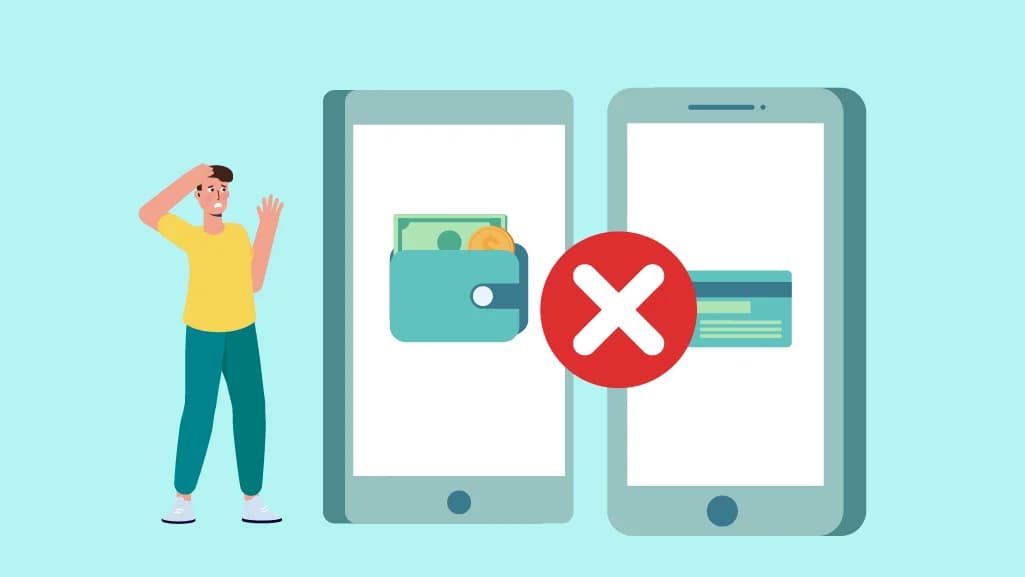
16 essential metrics that offer a 360-degree view of the loyalty program
Engagement Metrics
1. Enrollment Rate
This shows how many customers or employees have joined your program compared to your total target group. It helps you understand how appealing your offer is.
Why it matters: A low number might mean your message isn’t clear or the benefits don’t feel strong enough.
2. Active Participation Rate
Signing up is just the first step. This metric shows whether members are using the program, earning points, redeeming rewards, or logging in regularly.
Tip: Watch behaviors like redemptions, point balance changes, or app visits.
Why it matters: Active members are more likely to build habits and turn into long-term supporters.
3. Redemption Rate
This tells you how many rewards or points are being used by members.
Why it matters: A high rate shows people are happy with what’s offered. If it’s low, the rewards might not be clear or relevant.
4. Frequency of Engagement
This tracks how often members interact with the program through purchases, redemptions, or activities.
Why it matters: The more often people engage, the more likely your program is to hit the right note.
Revenue and Business Metrics
To keep getting support from leadership, loyalty programs need to show real business impact. These four metrics link your workforce engagement efforts directly to financial outcomes.
5. Customer Lifetime Value (CLV)
CLV looks at how much a customer or member is likely to contribute throughout their relationship with your brand.
Why it matters: A strong loyalty program should grow this value by building deeper, longer-lasting relationships.
6. Average Order Value (AOV)
This indicates how much a member spends on average each time they make a purchase, compared to someone outside the program.
Why it matters: Well-designed programs can lead to bigger baskets, upgrades, or more premium selections.
7. Purchase Frequency
This tracks how often a member comes back to make a purchase or use your service.
Why it matters: Frequent use is a sign of true loyalty. Watch how this changes before and after joining the program.
8. Incremental Revenue
This shows the extra income your program brings in, above what you would have earned anyway.
Why it matters: It helps prove ROI to leadership by highlighting growth directly tied to the program.
Retention and Churn Metrics
9. Repeat Purchase Rate
This measures the number of members who return to make multiple transactions.
Why it matters: A strong repeat rate means your program is doing its job—building trust and reinforcing good behavior.
10. Churn Rate
This tracks the percentage of members who stop interacting with your loyalty program over time.
Why it matters: A rising churn rate could signal burnout, poor rewards, or friction in the user experience.
Experience and Sentiment Metrics
11. Net Promoter Score (NPS)
NPS gauges how likely members are to recommend your program to others.
Why it matters: High scores signal trust and satisfaction, fuel for organic growth and advocacy.
12. Customer Satisfaction Score (CSAT)
CSAT measures how satisfied users are with specific moments, like redeeming a reward or getting support.
Why it matters: It points to experience gaps that can be improved before they lead to drop-off.
13. Reward Satisfaction Score
This reflects how well the rewards match member expectations and needs.
Why it matters: When rewards feel valuable and attainable, users stay motivated and engaged.
Operational Efficiency Metrics
14. Cost per Point or Reward
Tracks how much it costs to issue and fulfill each point or benefit.
Why it matters: It keeps your program budget in check and supports smarter scaling decisions.
15. Breakage Rate
Represents the percentage of rewards or points that go unused.
Why it matters: A minor breakage is normal, but too much may point to low relevance or confusing redemption processes.
16. Return on Investment (ROI)
Bringing It All Together
- Are your members signing up and actively engaging?
- Are they spending more or coming back more often?
- Are they satisfied with the rewards?
- Is the program generating measurable returns?
By regularly monitoring these 16 key metrics, organizations can optimize loyalty programs to meet both employee morale and business needs. Whether you’re rewarding workplace excellence or driving repeat customer behavior, consistent tracking is what turns good ideas into long-term impact.
Modern platforms like AdvantageClub.ai offer integrated tools to manage and measure such loyalty programs, helping businesses seamlessly align employee recognition, incentives, and retention with intelligent analytics and actionable insights.






